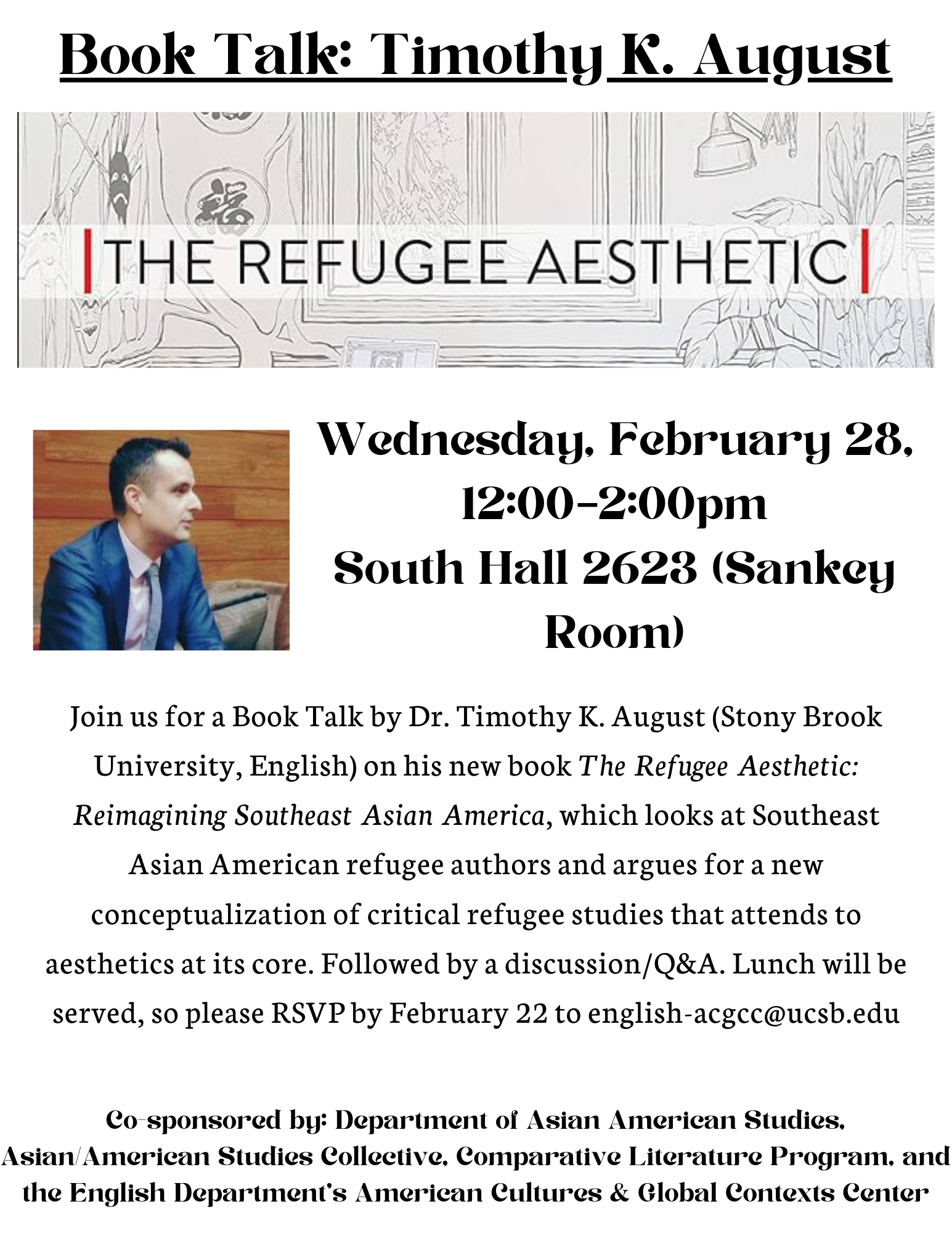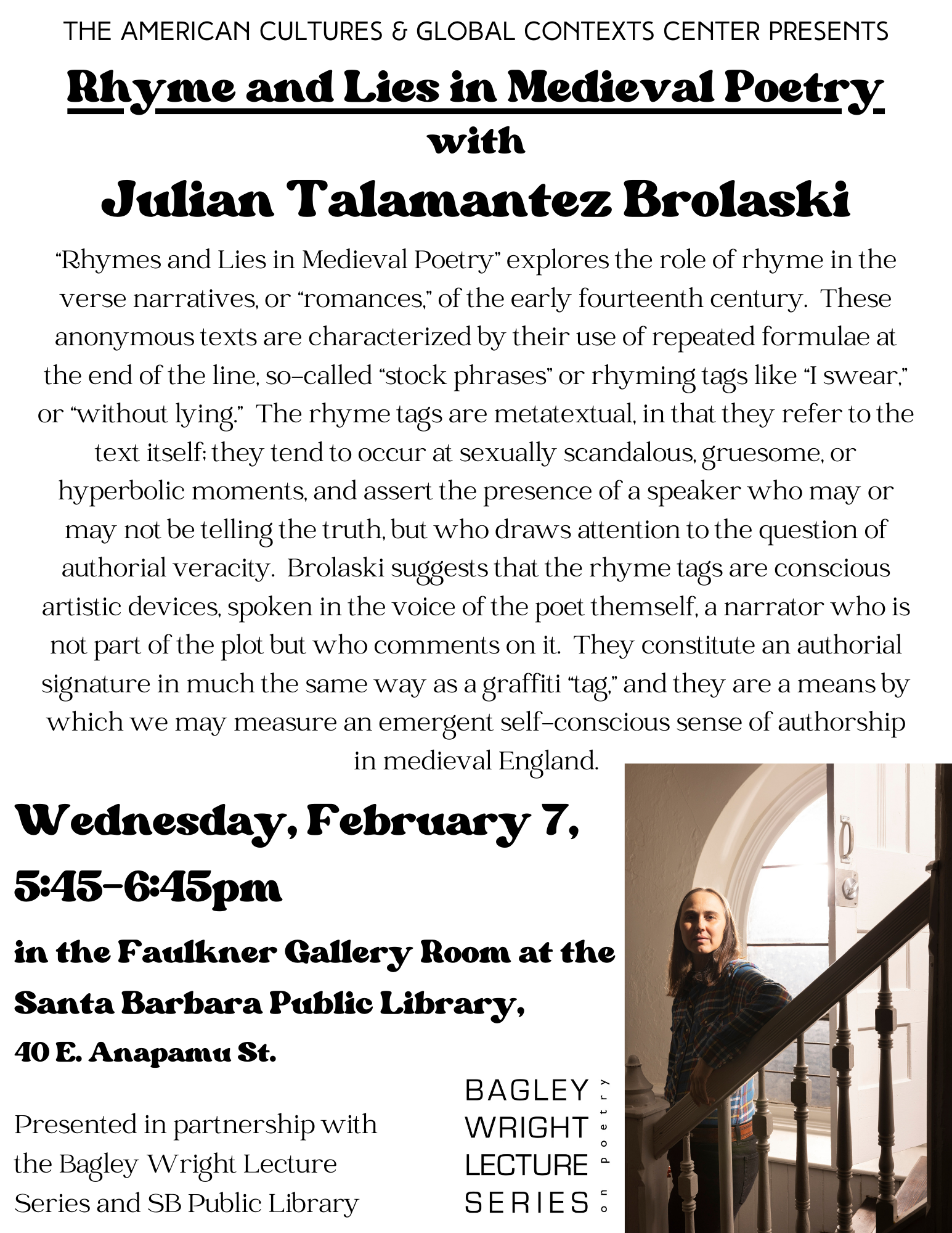
Continuing our focus on Living Theory, we are inviting speakers who put their theoretical and conceptual work into practice, offering new ways of being in and working beyond the academy—whether crafting a poetics of aliveness; bridging written and spoken word and song; writing through lived and habitual experience; or translating care into pedagogy. Please join us for a series of workshops on writing, creativity, and teaching as we enliven our practice of work in crisis and in community.
Spring 2024

Winter 2024


